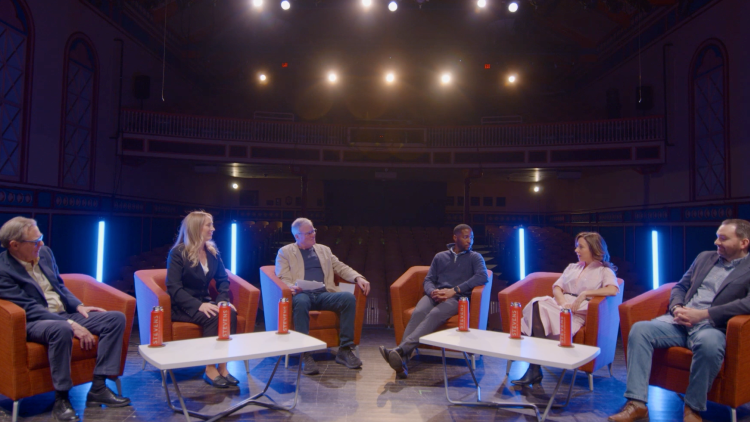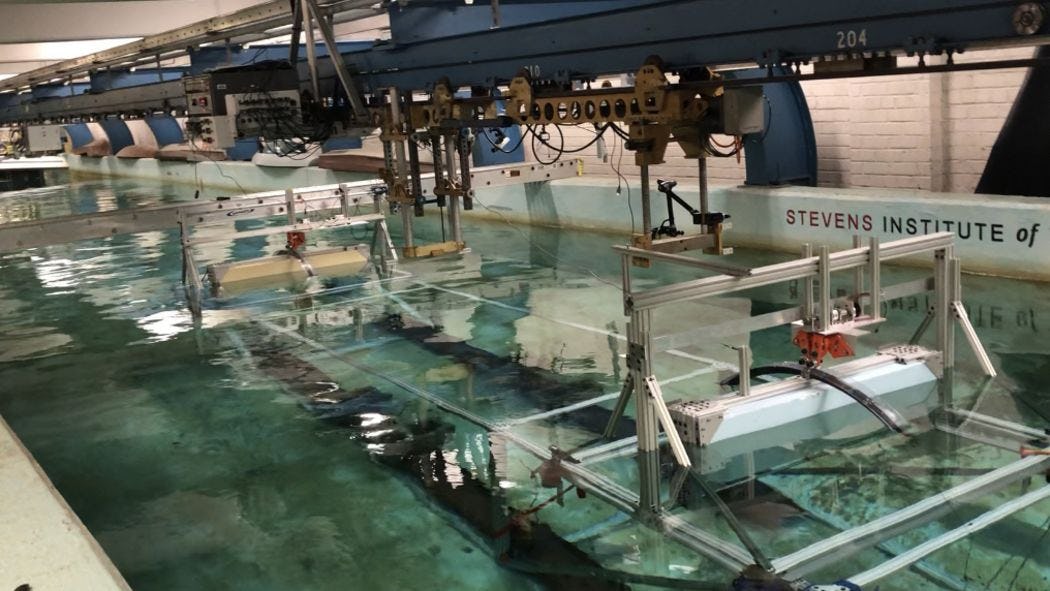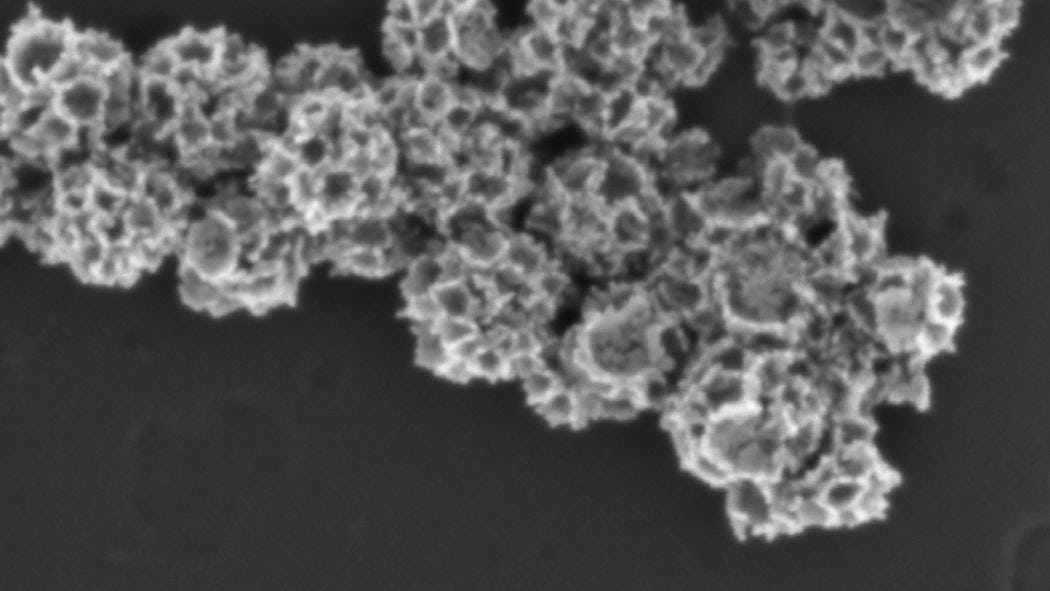LEADING WHAT'S NEXT
At the Schaefer School, our innovative faculty are traversing new ground every day in the name of science and engineering.
Artificial intelligence and machine learning are core strengths of our research enterprise that permeate nearly every department's scholarly efforts whether it's healthcare, robotics, chemical engineering or quantum science.
Meanwhile, our quantum researchers are at the forefront of the quantum revolution, boldly pushing technology where it's never gone before – including the exploration of quantum gravity.
We're attacking climate change from every angle by developing renewable energy and sustainability technologies. With our university being located at the convergence of the Hudson River and New York Harbor, coastal resilience research is in our DNA and our sustainability researchers work in a living laboratory.
No problem is too big or too small. At Stevens' Charles V. Schaefer Jr. School of engineering and science, we tackle them all.















